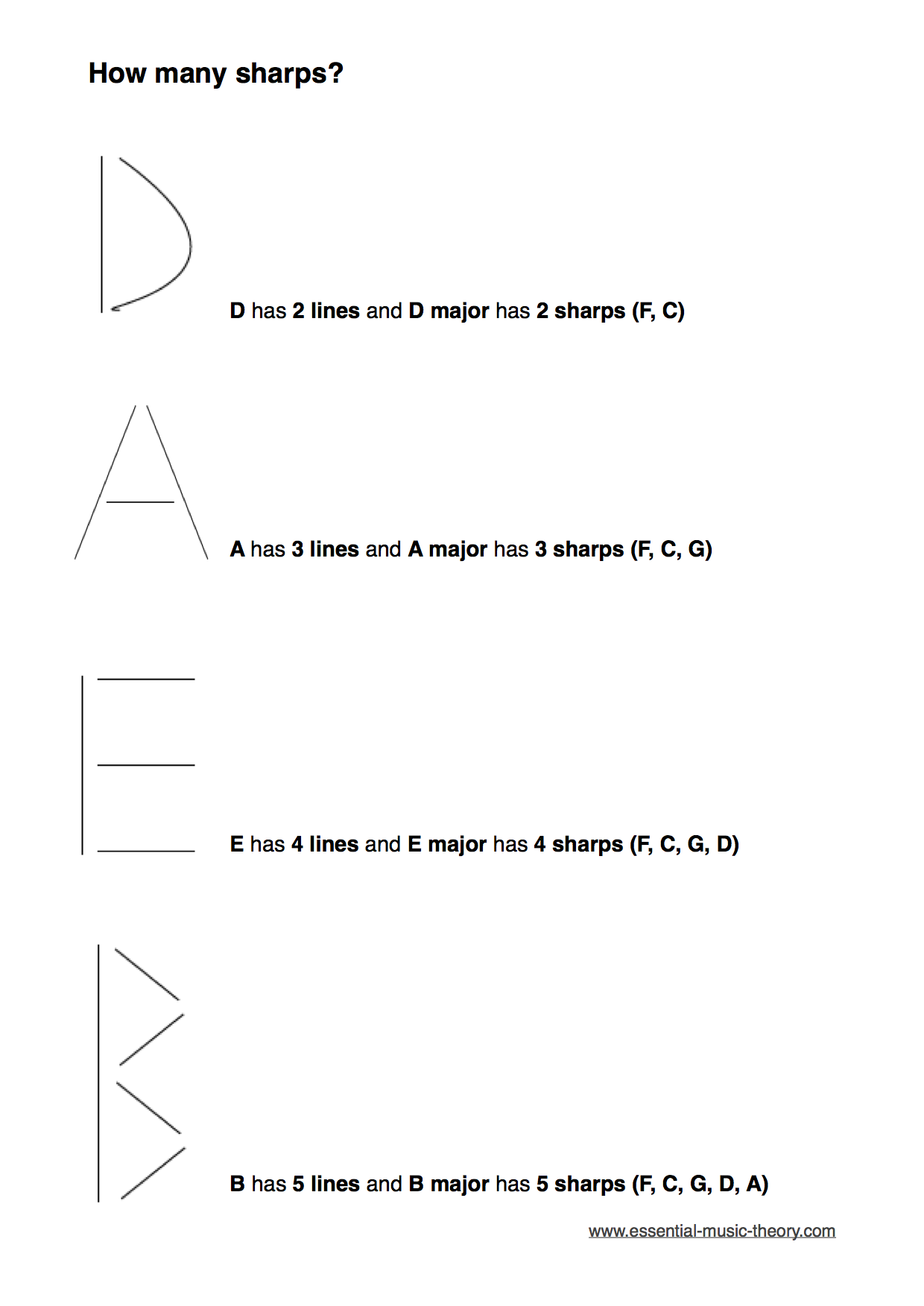Buy a Keyboard
※ Download: C major key signature
It is the only major key using no sharps or flats. All the patterns to this point have been the same as one climbs and descends the scales. Sorry, this page cannot be printed. Modesto, CA: Capistrano School K—12 website.

For example, both C major and A minor have zero sharps or flats. The exceptions are F major because it only has one flat and C major because it has no flats or sharps. It may have either some sharp symbols on particular lines or spaces, or some flat symbols, again on particular lines or spaces. This is the same order in which they are added as keys get sharper or flatter.

Key Signatures - Your email is only ever used to send you your course, occasional updates and announcements about the site, and very occasionally an offer to join the full course. For example, the key of seven sharps is more simply represented as five flats.

A key signature is a group of which are printed at the beginning of a line of music. It shows which notes have to be changed into sharps or flats. For example: if there is one sharp in the key signature it will be an F sharp. It means that every time the note F is written one plays or sings an F sharp on a : the black note just to the right of the F instead. This is because a scale can start on any note, and there are twelve notes within an : seven white notes and five black notes on a keyboard. Each major key has its own key signature. Each minor key shares a key signature with one of the major keys. There are fifteen possible key signatures: up to seven sharps, up to seven flats, or no sharps or flats. The reason why there are fifteen and not twelve is because three of them have two possible names: F sharp major 6 sharps can also be called G flat, C sharp is D flat and B is C flat. We call these enharmonic i. There are two reasons for writing a key signature. Firstly, it saves writing out lots of sharps or flats during the piece. Secondly, it helps the player to think in the of the piece. This helps to understand the music better. If the wants any extra sharps or flats during the piece, or he wants to cancel the ones in the key signature, these can be written in the music. These are called accidentals. As an example: in a piece in G major all Fs are F sharps. If the composer wants a C sharp he writes a sharp sign in front of the C that needs to be sharpened. This will last for the rest of the. If he wants a B flat he has to write it in. If he wants an F instead of the usual F sharp he writes a natural sign. There are also double sharps the sign looks like an x and double flats two flat signs. An F double sharp is an F sharp that has been sharpened. It is the same note as G. Key signatures are written at the beginning of each line of music. This helps the player to remember what the key signature is. The , however, is only written at the beginning of the piece the order is: — key signature — time signature. Sometimes music changes key during a piece. If the music is going to stay in the new key for some time the composer may decide to change the key signature. Another reason for changing the key signature might be that the music has modulated to a key like G sharp major with eight sharps including a double sharp. It is easier to read the music if it is written in A flat major 4 flats. For example: a key signature of one sharp is either G major or E minor. The best way to find out which it is would be to see whether the end of the piece is based on G major or E minor. Also: if the piece is in the minor key it is very likely that there will be several accidentals in the piece which sharpen the 7th note of the scale in this case changing a lot of the Ds to D sharps. Some modern composers do not use key signatures. This is often the case when the music is or not very firmly in one key. If there are lots of sharps and flats and the bars are very long they may write accidentals in front of every note that needs one instead of just once in a bar. This should be explained at the top of the music. It may also be because the piece is. Major Key Minor Key No sharps or flats.
So, for example, if A flat is the second to the last flat in the key signature, this means the music is in A flat major. Sol is the thumb facing the ceiling the rest of the hand is out straight. So the key signature associated with G major is the one-sharp key signature. This save a lot of time writing the music down as well as speeding up reading time. There is a lot to discuss about keys and we will do that in later lessons. Music of the Baroque. In this example, you can see the notes of the D Major scale written without a key signature. Modes may begin on any tone as long as the arrangements of half and whole steps remain the same. The exceptions are F major because it only has one flat and C major because it has no flats or sharps. Many nondiatonic scales have no identifiable tonic. Secondly, all the chords in this key C major makes c major key signature of these notes only.



